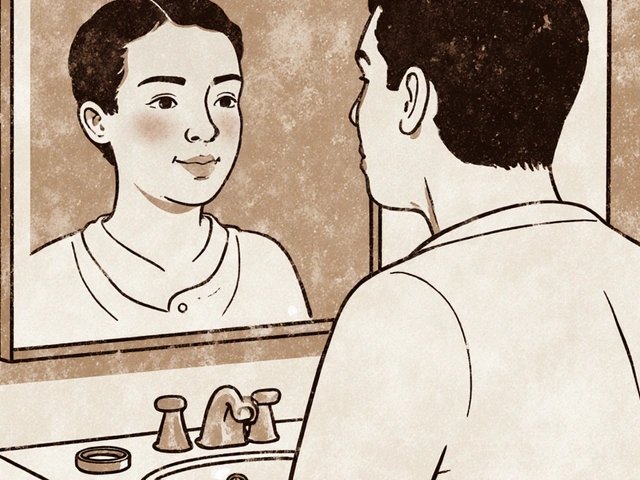Cervical Strain: Causes, Symptoms, and What You Can Do
When your cervical strain, a soft tissue injury in the neck caused by overstretching or tearing of muscles or tendons. Also known as neck strain, it often happens from sitting too long, sleeping wrong, or getting hit in a car accident. It’s not a rare injury—it’s one of the top reasons people visit doctors for pain. Unlike a broken bone, you can’t see it on an X-ray, but you feel it every time you turn your head or lift your phone.
Cervical strain doesn’t just come from big accidents. Most cases start slow: hunching over a laptop, cradling a phone between your ear and shoulder, or waking up with a stiff neck after a bad night’s sleep. The muscles in your neck—like the trapezius and levator scapulae—get overloaded, tighten up, and start sending pain signals. It can also happen after sudden movements, like a quick turn while driving, which is why whiplash, a forceful back-and-forth motion of the neck, often from car crashes is a major cause. Even stress plays a role. When you’re tense, your shoulders hike up, your neck tightens, and over time, that constant pressure leads to strain.
People often confuse cervical strain with a pinched nerve or arthritis. But the key difference? Strain hurts more when you move your neck, and the pain is usually localized—no tingling down the arm, no numbness. If you feel those, it might be something else. But if your neck feels tight, sore after a long day, or painful when you look up or down, you’re likely dealing with a strain. It’s not dangerous, but it can drag on for weeks if you ignore it or keep doing the same thing that caused it.
What helps? Rest, gentle movement, and fixing your habits. Ice in the first 48 hours, then heat. Over-the-counter pain relievers like ibuprofen can reduce swelling. But the real fix? Changing how you sit, how you sleep, and how you carry your weight. Poor posture is the silent enemy here. Your neck wasn’t made to hold your head forward all day. Strengthening your upper back and shoulders helps take pressure off your neck. Physical therapy isn’t just for athletes—it’s for anyone who spends hours at a desk.
You’ll find posts here that dig into how everyday habits like texting, driving, or even stress trigger neck pain. Some cover how to spot the difference between a simple strain and something more serious. Others talk about what works—heat, stretches, massage—and what doesn’t, like wearing a neck brace all day. You’ll also see how other conditions like arthritis or herniated discs can mimic cervical strain, and how to tell them apart. No fluff. Just what you need to know to feel better and stop it from coming back.

- Nov 17, 2025
- Posted by Cillian Osterfield
Neck Pain: Cervical Strain and Effective Treatment Options
Cervical strain is the most common cause of neck pain, often from poor posture or sudden movements. Learn evidence-based treatments, recovery timelines, and how to prevent it from becoming chronic.
Categories
- Health and Wellness (57)
- Medications (39)
- Health and Medicine (22)
- Pharmacy Services (10)
- Mental Health (5)
- Health and Career (2)
- Medical Research (2)
- Business and Finance (2)
- Health Information (1)
Latest Posts
©2025 heydoctor.su. All rights reserved





